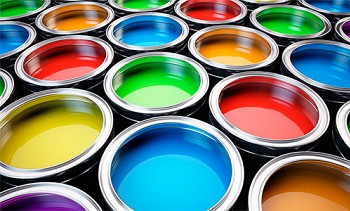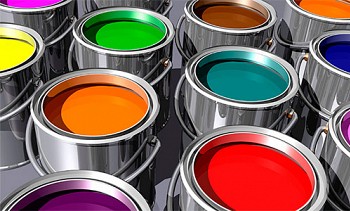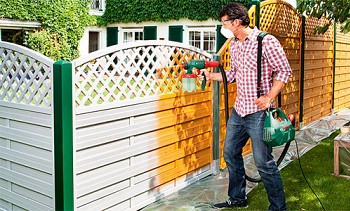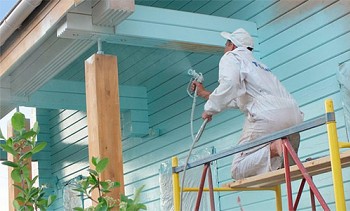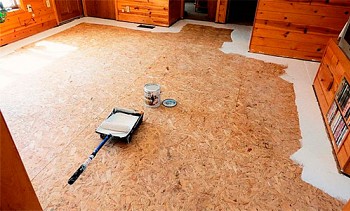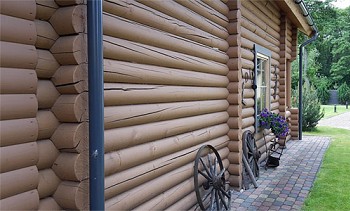To update or completely modify any surface, it is painted. But if you do not want to hide the natural structure of natural wood, then use transparent varnish for wood. Emphasizing its beauty and protecting from external influences. In this material we will consider what types of varnish for wood exist in today's market, their advantages and disadvantages.
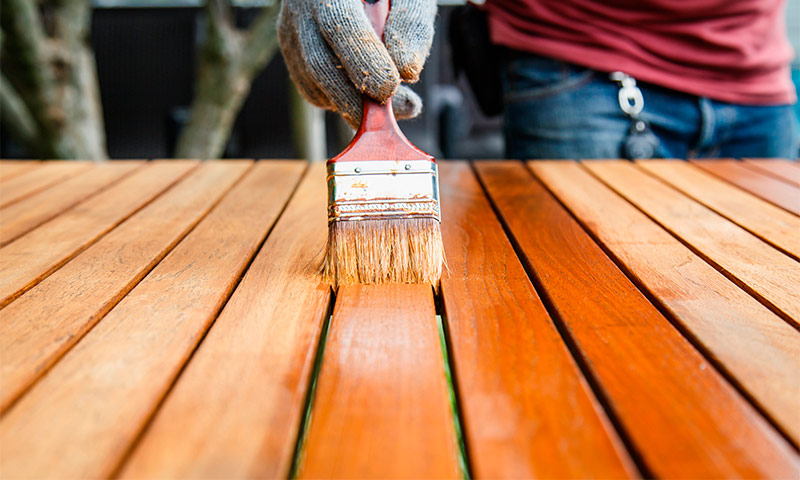
Content:
- Varnish for wood: definition, features, history
- Oil (or oil-resin) varnishes
- Resin varnishes
- Alkyd varnishes
- Alcohol varnishes, or varnishes
- Alkyd-carbamide varnishes
- Epoxy varnishes
- Polyester varnishes
- Ether cellulose (nitrocellulose) varnishes
- Acrylic urethane varnishes
- Alkyd-urethane varnishes
- Polyurethane varnishes
- Acrylic Varnishes
Varnish for wood: definition, features, history
Viscous solutions are commonly called lacquers, which are applied to the surface in an even layer and after drying form a strong film, which can have a strong or light gloss (depending on the type of varnish).
For the first time, a monk named Theophilus, who lived in Germany in the 12th century and kept in strict confidence the recipe for his invention, began to use a varnish coating. Many years later, historians managed to find out that its basis was alcohol. Then, in the 15-17 centuries, oil-type varnishes were used everywhere, produced exclusively in England (the monopolists also kept the recipe secret).
Mass production of varnishes began only in the second half of the 18th century, after the advent of a detailed treatise on them, written by a French chemist. This was facilitated by the emergence of new raw materials - resins delivered from Portugal and the Netherlands. One of the first in Russia began to produce varnishes (top grade oil-based) Osovetsky plant in Moscow. That was in 1874.
Since then, varieties of varnish coatings have become much more. Each of them has its own type of film former and operational characteristics.
Oil (or oil-resin) varnishes
Characteristics:
- Drying time - from 24 to 72 hours.
- Wood penetration is high.
- Composition - oil and resin. Depending on the oil content, they can be skinny, oily and medium. Increasing the amount of resin helps to accelerate drying, but reduces the strength of the coating and the ability to withstand weathering.
Application:
Today, PF-283 varnish replaced S-4 (produced since the middle of the last century). Designed for interior use only. It is applied to furniture and other wood products. Not suitable for the floor.

Resin varnishes
Characteristics:
- Can be based on - natural resin (amber, for example); thermoplastic resin (synthetic); thermosetting resin (synthetic).
Application:
Used for the same purpose as oil varnishes.

Alkyd varnishes
Characteristics:
- Composition - alkyd resin, desiccant (accelerating drying) and petroleum solvent (solvent or white spirit). PF - pentaphthalic varnishes, GF - glyphthalic varnishes.
- Moisture resistance and resistance to temperature extremes are high.
- The price is low.
- Drying time - up to 48 hours.
- The service life of the film on the floor is 2-3 years.
Application:
Parquet flooring (including heating, end, as well as made of whimsical wood) and floating floors, furniture.

Alcohol varnishes, or varnishes
Characteristics:
- Composition - ethyl alcohol and the resin dissolved in it (from 30 to 35%).
- The price is low.
- Drying time - from 20 minutes to half an hour.
Application:
Coating furniture, musical instruments, leather and glass products. A special grade of such products (shellac) is used for decoupage.

Alkyd-carbamide varnishes
Characteristics:
- Composition - alkyd resin (glyphthalic or pentaphthalic) and urea.
- Type - two-component (ready for use only after adding an acid hardener).
- Strength and moisture resistance are high.
- Shine is strong.
Application:
To cover the floor or parquet, as well as other wooden products. An example is varnish МЧ-063.

Epoxy varnishes
Characteristics:
- Type - two-component.
- The film former is epoxy.
- Hardness, shock resistance and water resistance are high.
Application:
Used for application on doors, parquet, solid floor. In general, when deciding how to choose a varnish for a tree experiencing high loads, this type is usually chosen. An example is EP-2146 varnish.

Polyester varnishes
Characteristics:
- Type - multicomponent, with a base on a polyester resin.
- The method of application is a special gun.
- The film is thick, shiny and transparent, durable, resistant to water, heat, "chemistry".
Application:
They are applied on surfaces that need a thick glossy film (for example, on some musical instruments, furniture).

Ether cellulose (nitrocellulose) varnishes
Characteristics:
- Composition - organic type solvent, cellulose nitrate, resins, plasticizers.
- Drying time - from 20 to 50 minutes.
- Atmospheric resistance is low.
- Water resistance is high.
- The polishing ability is excellent.
- Strength - medium (over time, the coating peels off).
Application:
Used for drawing on pencils, musical instruments. Examples are glossy varnish NTs-218 and matte varnish NTs-243.

Acrylic urethane varnishes
Characteristics:
- May be diluted with water.
- Almost odorless, absolutely safe.
- Adhesive properties are excellent.
- Do not withstand storage of frost below minus 5 degrees. Apply at temperatures from plus 12 degrees.
Application:
Used for interior work: finishing saunas and baths, covering the sidewalls of planks at the floating-type parquet.

Alkyd-urethane varnishes
Characteristics:
- Composition - alkyd resin and organic solvent with a group of urethanes.
- Service life - 2 times longer than alkyd varnishes.
- The smell is unpleasant.
Application:
Of the many types of varnishes for wood, this one is called yacht (or boat). After all, the resistance to weather changes is very high. To cover ship surfaces, this is the best option.

Polyurethane varnishes
Characteristics:
- It includes one, two (base with hardener) or three (base with hardener and solvent) components.
- Hardening time - 2-3 weeks.
- Adhesion - increased.
- The smell is harsh and persistent.
- The hardness of the coating is very high ("diamond").
- The resulting film provides protection against moisture, chemicals, and corrosion.
Application:
These varnishes cover: garden buildings, exterior and interior walls of houses, ships and yachts, parquet floors.

Acrylic Varnishes
Characteristics:
- It is diluted with water, does not smell, is non-toxic.
- They resist fire well, are not afraid of water, let steam pass through.
- They adhere well to wooden surfaces.
- The resulting film is not very durable.
Application:
This type of product is used indoors. Especially where there is a high risk of fire or explosion. Thanks to its composition, it can even be applied to wet wood, as well as to bricks and concrete.

Summary
When deciding which varnish is best for wood, it is worth starting from the conditions in which products coated with this varnish will be used. Will they be exposed to temperature, moisture, stress. And pay attention to the smell - especially during internal work.



